It’s understandable to want to learn as much as you can about ancient civilizations and what they had to share with the world. Eventually, the works of art and their great innovations aren’t enough. Past a certain point, most history buffs also want to learn about their way of life, and how they managed the day-to-day responsibilities of life in ancient Greece.
That said, there’s also potential differences in physical features to learn. After all, they lived during a time long past, which means there are likely some physical attributes that are somewhat different compared to their modern counterparts. Similar to the great works of the ancient Greeks, it’s understandable to be curious about how they looked, especially when compared to the sculptures of the so-called perfect Greek visage. Here are some of their most notable physical features explained.
The General Features (mostly from the face)
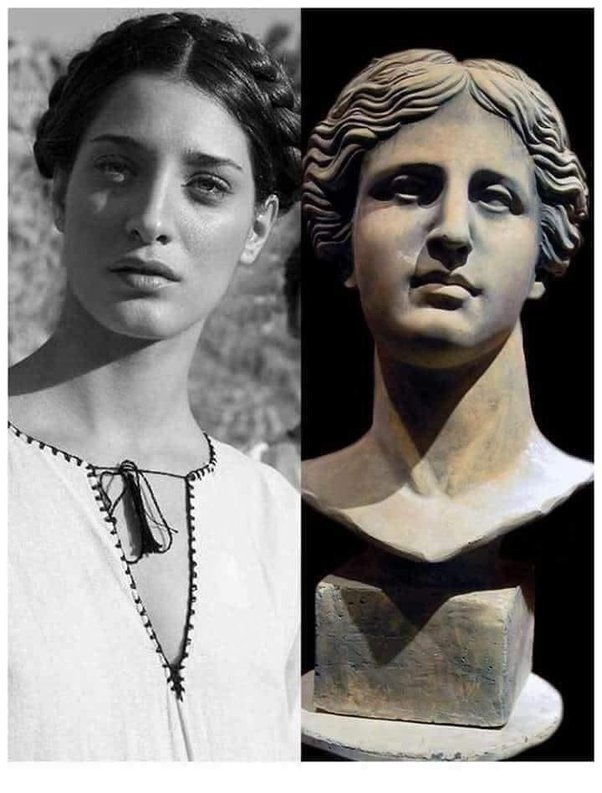
To help get the ball rolling, let’s get started with a general description of what a typical ancient Greek citizen might look like. One of the interesting things about the ancient Greeks is they were known for having large eyes and rather thick eyelashes, based on archaeological finds and sculptures. It’s also crucial to note that many of the ancient Greek sculptures showcase what some of the most attractive people in ancient Greece looked like.
As far as the nose goes, the ideal would be the ones that go on a straight line, like what you would see in the sculptures of their gods. The truth is that many ancient Greeks have a bump on the nose called the nasal hump. Greek skin tends to vary, but it’s mostly considered olive or light brown. The way they dress is similar to how it was shown in sculptures and paintings.
Facial Hair
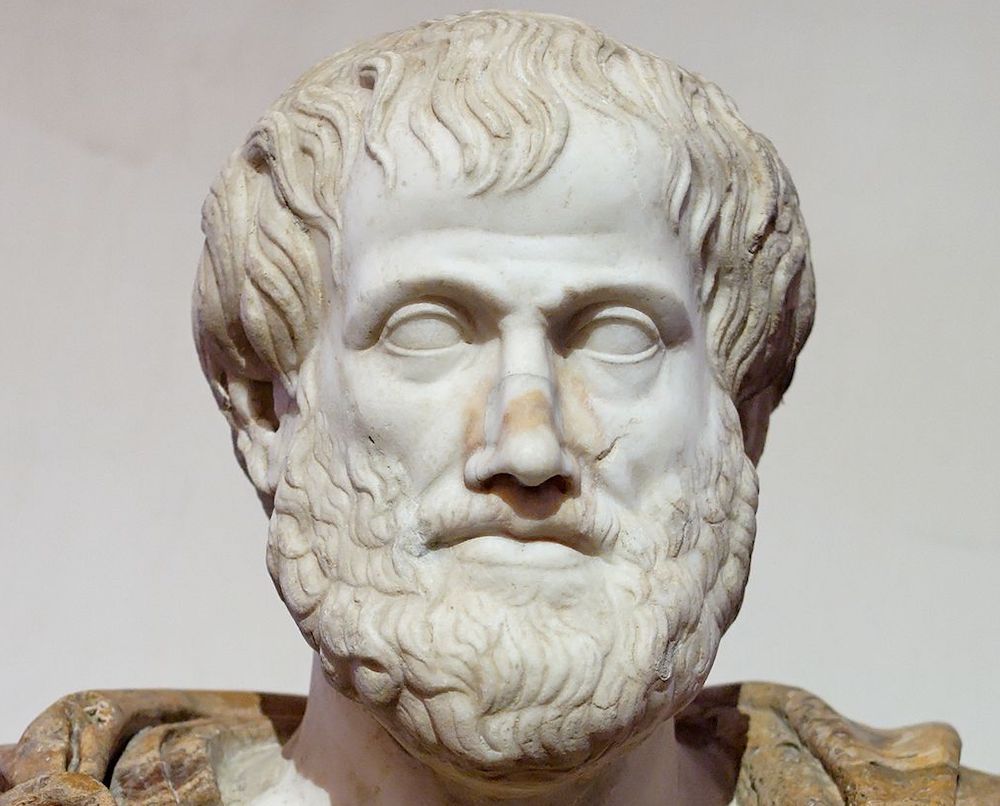
As far as facial hair goes, you’ve probably noticed how some of the most prominent figures in Greek history all sported a beard—or at least something resembling a beard. To the ancient Greeks, a full beard was considered not only a sign of honor and wisdom, but virility as well. Those who sported a beard were typically treated with more reverence, which was why many of the most influential figures had a beard.
However, just because beards were quite popular among the men does not mean that everyone sported it. For example, figures such as Alexander the Great did not sport a beard, though perhaps he was just too young for it to fully grow out at the time. There are also some gods depicted as being beardless, such as Apollo. It depended on whether the Greeks wanted to be seen as young and headstrong, or old and wise.
Hairstyles
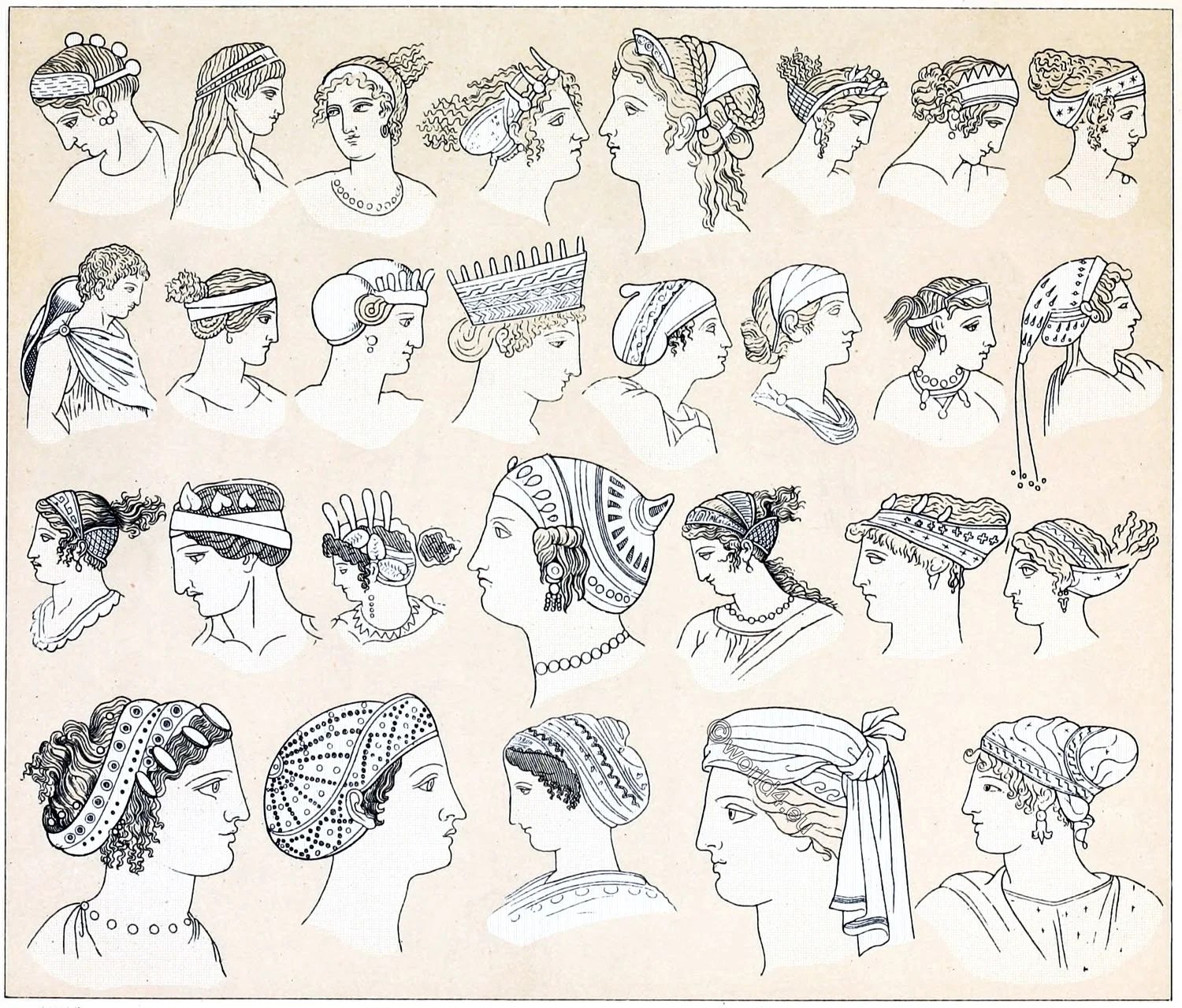
The interesting thing about Greek hairstyles is that the different city-states had traditions to uphold when it came to their hair. For example, in Sparta, young boys had to have their hair cut short. Eventually, when they grew older, they would let it grow longer.
To talk about the female side of Greek hairstyles is to jump into a rabbit hole, as there are various types of ancient Greek hairstyles for the women that had a habit of changing depending on a number of factors. It isn’t much different from the fashion world of today, where people often switch up hairstyles depending on what’s trending.
As far as the color goes, Greek hair is usually dark brown, or black. It’s not uncommon for babies to have blonde hair, before eventually getting darker as they grew older. Red and blonde hair was highly uncommon, outside of a few streaks here and there.
Nose Shape

Contrary to popular belief, not everyone in ancient Greece had what they considered to be a perfect nose. You’ll usually see ancient Greek sculptures as having a nose that was relatively straight, and didn’t curve downward. Michelangelo’s David is a prime example of the kind of nose that the ancient Greeks considered to be perfect.
While there were certainly Greeks that had such a nose, the typical ancient Greek would likely have a bump (called the nasal hump) that would curve downwards. It wasn’t much different from the way ancient Romans looked in their sculptures. Greek noses would also lean toward the larger side, and as we all know, the nose never really stops growing, which is why some depictions of the older men have large noses.
Height
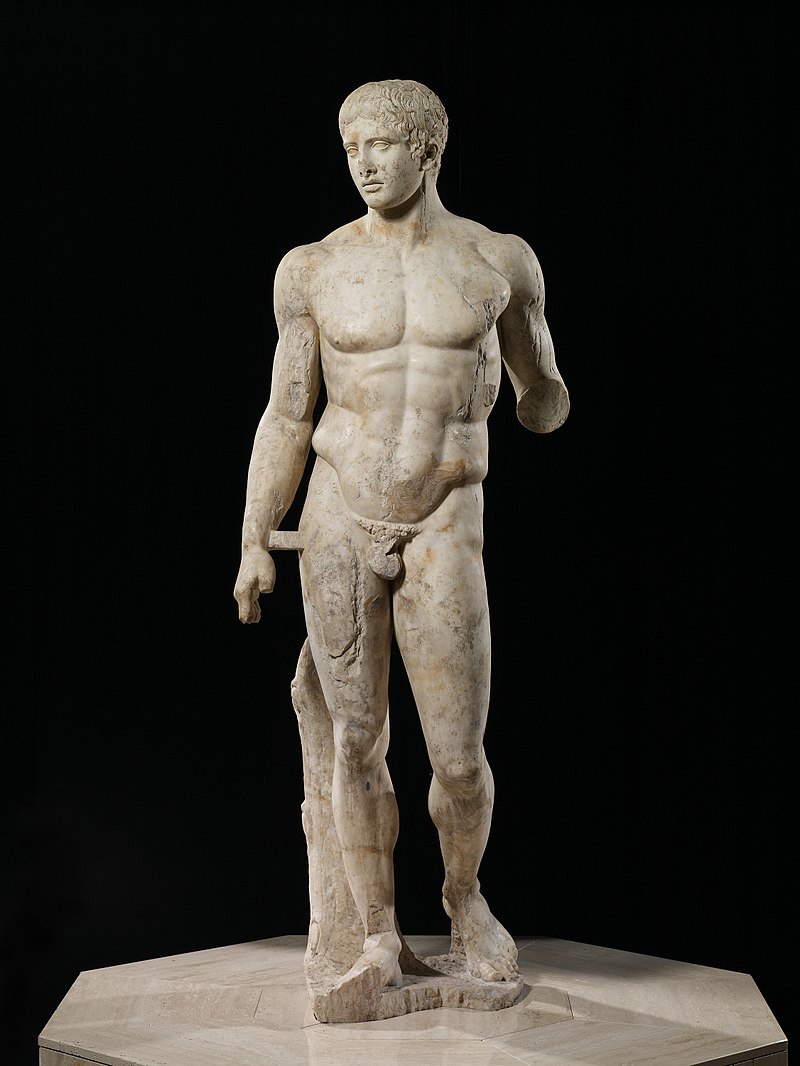
The great thing about archaeology is there’s no need to base the height of ancient Greeks from their various sculptures—otherwise, they would have been giants. Instead, we have something much more concrete thanks to the studies of various specialists in the field. For example, based on the Greek skeletal remains from that era, we can conclude the height of the average male from the Classical Period to be 170.5 cm or 5′ 7.1″, and the Greeks from the Hellenistic Period had an average height of 171.9 cm or 5′ 7.7″.
It showcases the Greeks during both the Classical and Hellenistic period to be an average to below average height when compared with the rest of the world. While they might not have been the most imposing, there were likely many exceptions to the rule.
Weight
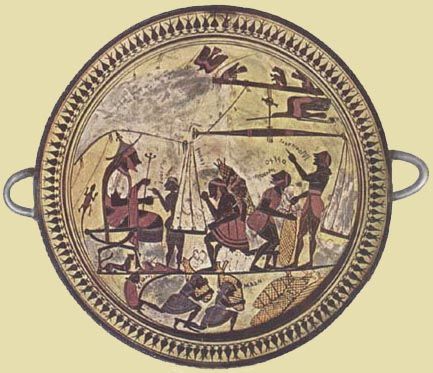
It’s not easy to calculate the weight of the average citizen during the reign of ancient Greece, as it really depends on the situation. For example, the ideal body in the age of the early Greeks focused on athleticism over everything else. When you see the sculptures of gods such as Zeus, Poseidon, Hades and more, they tend to have the bodies people would consider to be ideal at the time. When you consider the height of the typical Greek male to be average, their weight would depend on their social class.
The wealthier families would be a little more plump, and the poorer classes would be skinnier. In such cases, weight can vary wildly, and it’s not much different compared to how people weigh today.
The Typical Body
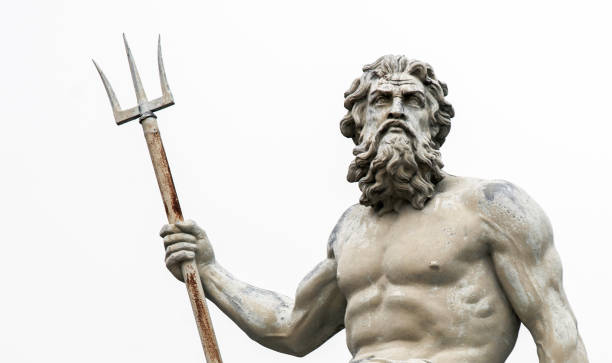
Unlike the rather imposing physical features of Poseidon above, the average body type of ancient Greeks was, well, average. Their diet consisted mostly of bread and wine, alongside legumes, fish, and any other vegetable they could grow. Only the wealthy families could afford meat outside of fish, which meant the ancient Greeks had a diet that didn’t exactly promote obesity.
The life of the ancient Greeks also included plenty of manual labor, which meant many of the working class would have a lean body type. In fairness to the Greeks, even the wealthiest figures likely did not let themselves go, though there are exceptions to the rule.
Makeup Habits

The ancient Greeks were all about philosophy and high society. Dinner was their favorite meal of the day, as it was the time when they could invite family and friends and talk about philosophy and politics. Ancient Greek high culture for women involved plenty of makeup. Greek women in the upper echelons were known to be quite delicate with their use of makeup.
They would use makeup daily, and they used different flowers, herbs, and other ingredients to make their cosmetic products. They were particularly fond of charcoal, which they mixed with olive oil for eyeliner, as well as to thicken their eyebrows.
Skin Tone
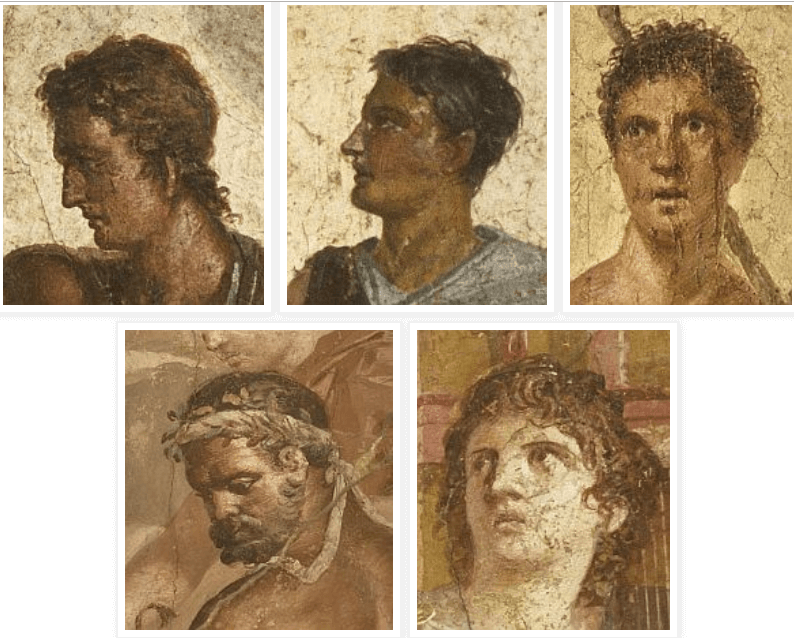
The most common skin tone of ancient Greece is the olive skin tone. There are also Greeks with darker skin tones, though it also depends on the situation. For example, many of the poorer classes had to work under the sun, which meant their skin would be darker than usual.
There were also examples of fairer complexions with peachy skin tones usually associated with beauty. However, it wasn’t necessarily a common sight. Fairer complexions were more common among the wealthy aristocrats, though it’s likely because they didn’t have to toil under the hot sun.
Dressing Habits
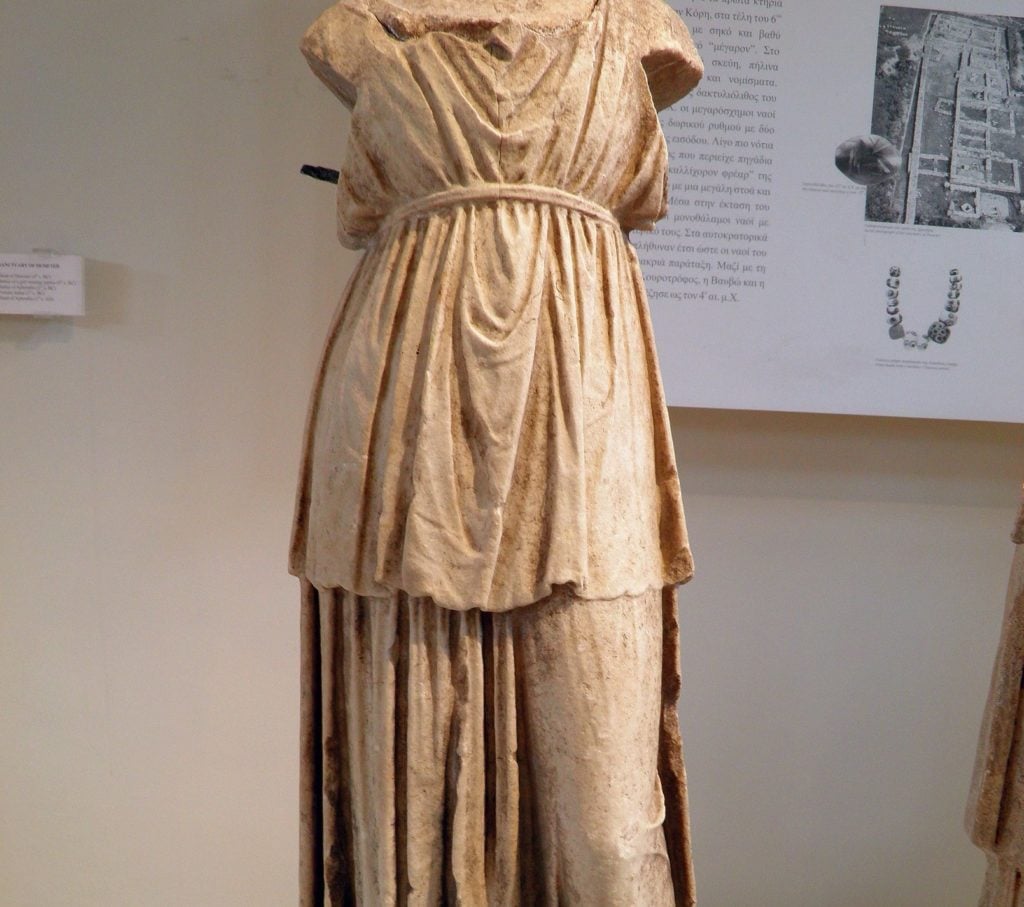
Surprisingly enough, ancient Greek clothing wasn’t as dependent on fashion compared to the way things are in the modern age. Even if ancient Greece was considered a center for high culture in the old world, Greek clothing was relatively simple. It depended on necessity, function, and general protection instead of identity.
It’s primarily the reason why you usually see ancient Greek sculptures and paintings depicting the Greeks wearing the same things—outside of military outfits. They usually wore two pieces of clothing, the undergarment and the cloak. While fashion was alive and well at the time, the Greeks didn’t give their clothing too much attention.